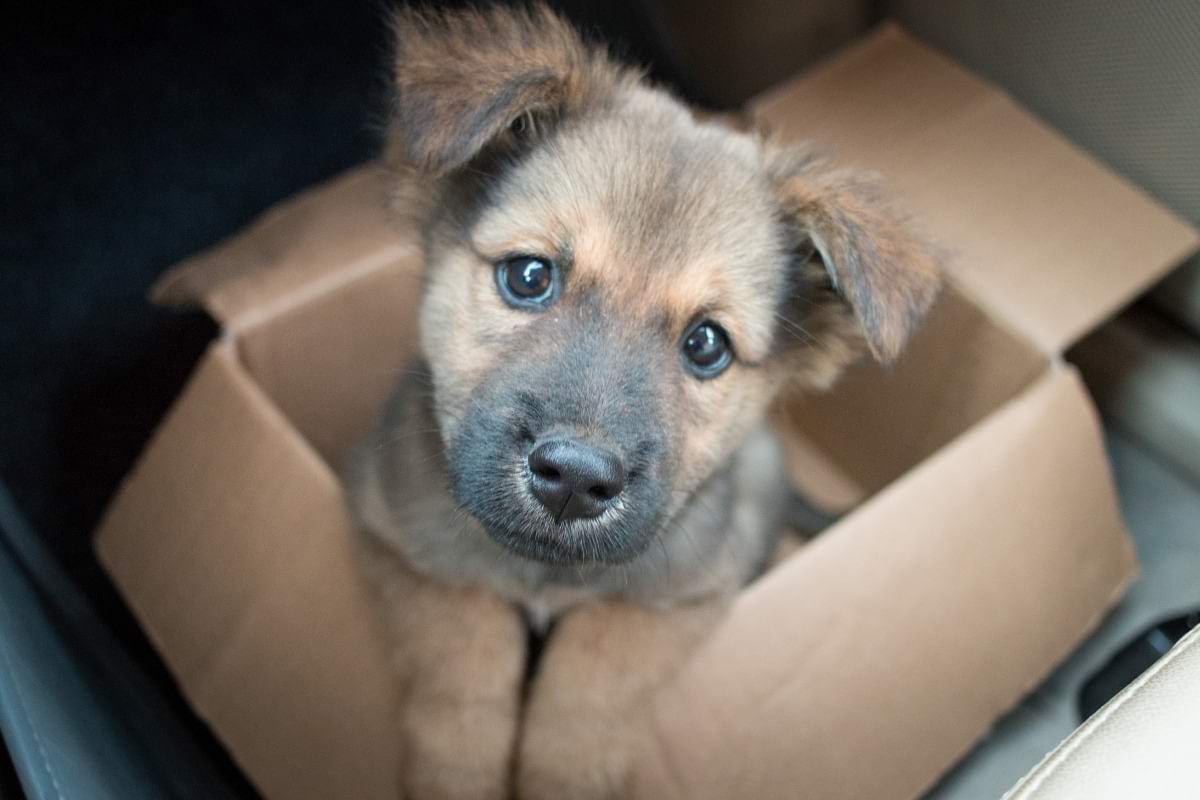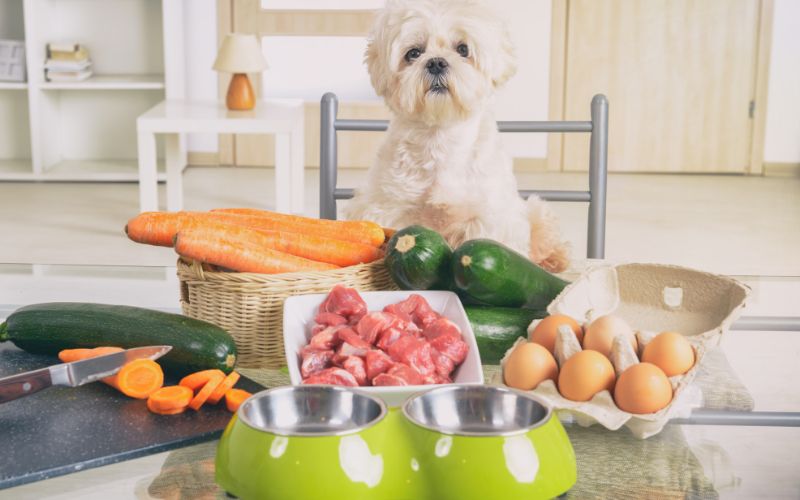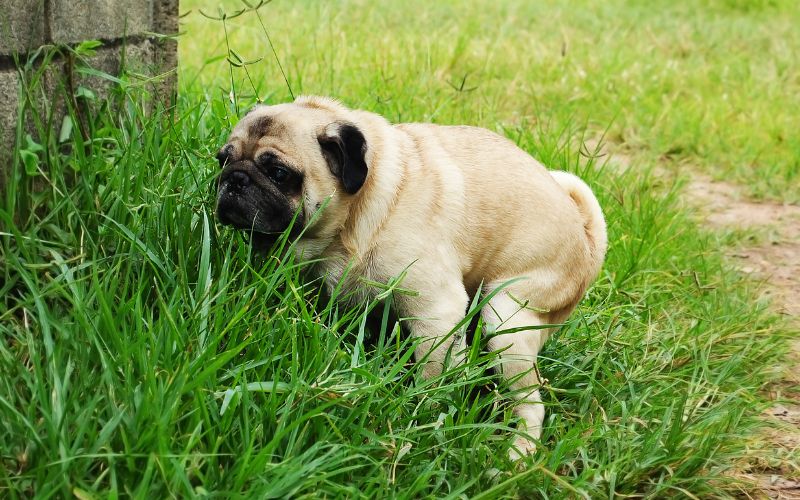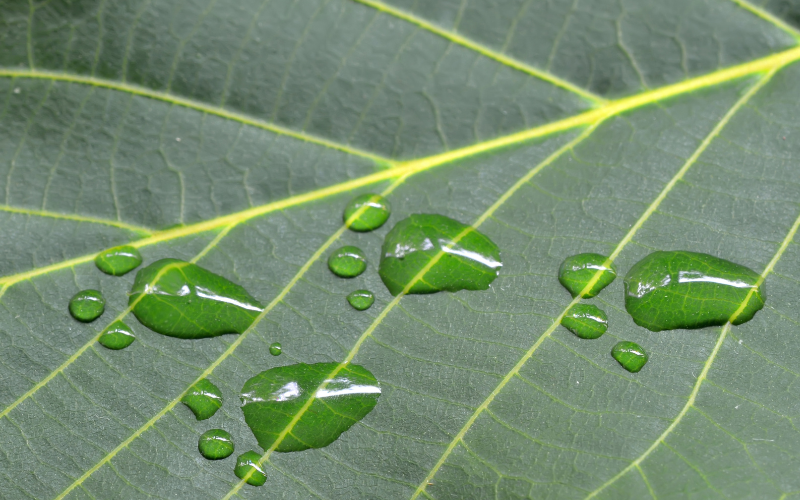Welcoming a new puppy into your life and home is a big decision. It’s a very exciting time for any family - with a little chaos thrown in for good measure!
During those first few weeks and months, you’ll be busy forming a lifelong bond and establishing healthy routines while your dog gets used to its new surroundings.
To make this transition smoother for both you and your energetic companion, it’s important to be fully prepared in advance of your new canine’s arrival.
So, what can you do to make your puppy feel safe, secure and happy in their new home?

Create a quiet space for your new canine companion
When you bring your new puppy home, its senses will be overwhelmed by lots of new sights, sounds and smells. This can be stressful for a young dog who has typically spent its first few weeks with its mother and littermates.
While it’s tempting to cuddle and play all day long, it’s a good idea to give your puppy plenty of time and space to explore its new environment at its own pace.
Set up a quiet, comfortable area for your new friend to retreat to, which will help to reduce anxiety and encourage rest. After all, your new puppy will typically sleep for 18-20 hours per day, due to burning plenty of energy while racing around and exploring.
It’s also important to establish routines early on, so your dog knows when it’s time to play and when it’s time to sleep. Otherwise your eager puppy may think 3am is a great time for you to both play fetch!
How to puppy proof your home
While you are busy creating a peaceful space where your dog won’t be disturbed, it’s a good time to ‘puppy proof’ your home. There are many not-so-obvious indoor hazards in a typical family home, including:
-
Plants - puppies are curious creatures by nature and love to sniff around plants and shrubs. However, there are many common plants which are toxic to dogs when ingested. A comprehensive list can be found here, so you can replace your house plants for dog-friendly varieties
-
Medications and cleaning products - keep these in a safe cupboard that a dog can’t easily access. If you are using cleaning products that release vapours, be sure to remove your puppy from the area to avoid irritating their eyes, skin and lungs
-
Electrical cords - puppies are often big chewers and don’t see danger in the same way humans do. Electrical cords can cause serious injury or even prove fatal if severed. Tie up loose cords or use cable protectors to keep your dog safe
-
Small objects - there are many choking hazards present in a typical family home. These include coins, jewellery, paper clips, toys, etc. Keep small objects out of your puppy’s reach or stored in boxes that they can’t access
-
Fires - whilst most dogs love warming up in front of the fire on a chilly night, it’s important to take extra care with a boisterous puppy. Invest in a fire screen to ensure your canine companion remains a safe distance from open flames, and never leave your dog unattended in a room with an open fire or heater
- Doors, windows and stairs - dogs often love to follow their owners around the house. They may even race you to the door, if they think a walk is on the horizon. However, open doors and windows pose a risk to puppies. Keep upper windows closed when your puppy is in close proximity and remember to close the door behind you, especially if you live near a busy road. While your puppy is learning to use the stairs, it’s a good idea to use a stair gate so they can’t fall if they attempt to climb while unattended.

Diet tips: the healthiest puppy food
Puppies are constantly growing and burning huge amounts of energy, so it’s important to nourish them well.
When you pick up your puppy, ask the breeder or guardian about their current diet. This means you can gradually adapt their food if you wish, which helps to avoid digestive distress.
If in doubt about the ratio of old to new food, stick to the 50/50 rule for a day or two, then slowly reduce the old food over the following days.
If you are introducing a real food diet, it can be hard to know if your growing puppy is receiving all of the vital nutrients they require. This is why supplementation is a great idea.
Wellbeing Essentials Complete 22 is a balanced nutrient blend that can be safely added to your puppy’s meals. To ensure your dog is receiving calcium for healthy bones and teeth, you can double the amount to 2g per 1kg of puppy weight. Calcium/phosphorus balance is important for growing puppies and all puppies will benefit from uncooked bones, supervised of course. Be sure to check the nutritional profile first or consult your veterinarian.
On the topic of food, keep the pantry door shut and the fridge closed! Puppies love to sniff out tasty treats, but many human foods are toxic to dogs. These include chocolate, grapes and avocado.
Check out this handy list of toxic dog foods, so you can feed your puppy with peace of mind.
How to toilet train your puppy
Toilet training can seem like a daunting task for any new puppy parent, but it’s vital for a healthy dog. Luckily, we have a few tips and tricks to make the process a little smoother.
Firstly, find out if your puppy has been paper trained by the breeder/guardian, or if they were using a different material such as puppy pads. You can then set this up in an area that’s close to an external door. Depending on your home, you may need to allocate a few different spots for the first few weeks.
The easiest way to toilet train is to pre-empt. After eating, your puppy will likely want to go to the toilet, so this is a good time to visit the garden or park. Try to also take them outside:
- First thing in the morning
- Before bed, and
- After lots of play
When they toilet outside, give them lots of praise and they will soon learn that this is a positive behaviour.
Adopting a word that your puppy will learn to associate with toileting is also a great idea. This means that you can ask your adult dog to wee or poo on command, which is very helpful when travelling.
When accidents happen (and they will!) don’t scold your puppy. This could lead to toilet anxiety and further accidents. Simply clean it up and continue with your training and positive reinforcement.

In Conclusion
Welcoming a new puppy into your home is a wonderful experience, but there will inevitably be stressful moments too. However, with plenty of research and preparation, the transition will be smoother and quicker for both you and your dog.
Remember to:
- Create a quiet space for your dog
- Ensure your home is ‘puppy proofed’
- Carefully consider their nutritional needs, and
- Use positive reinforcement when toilet training
